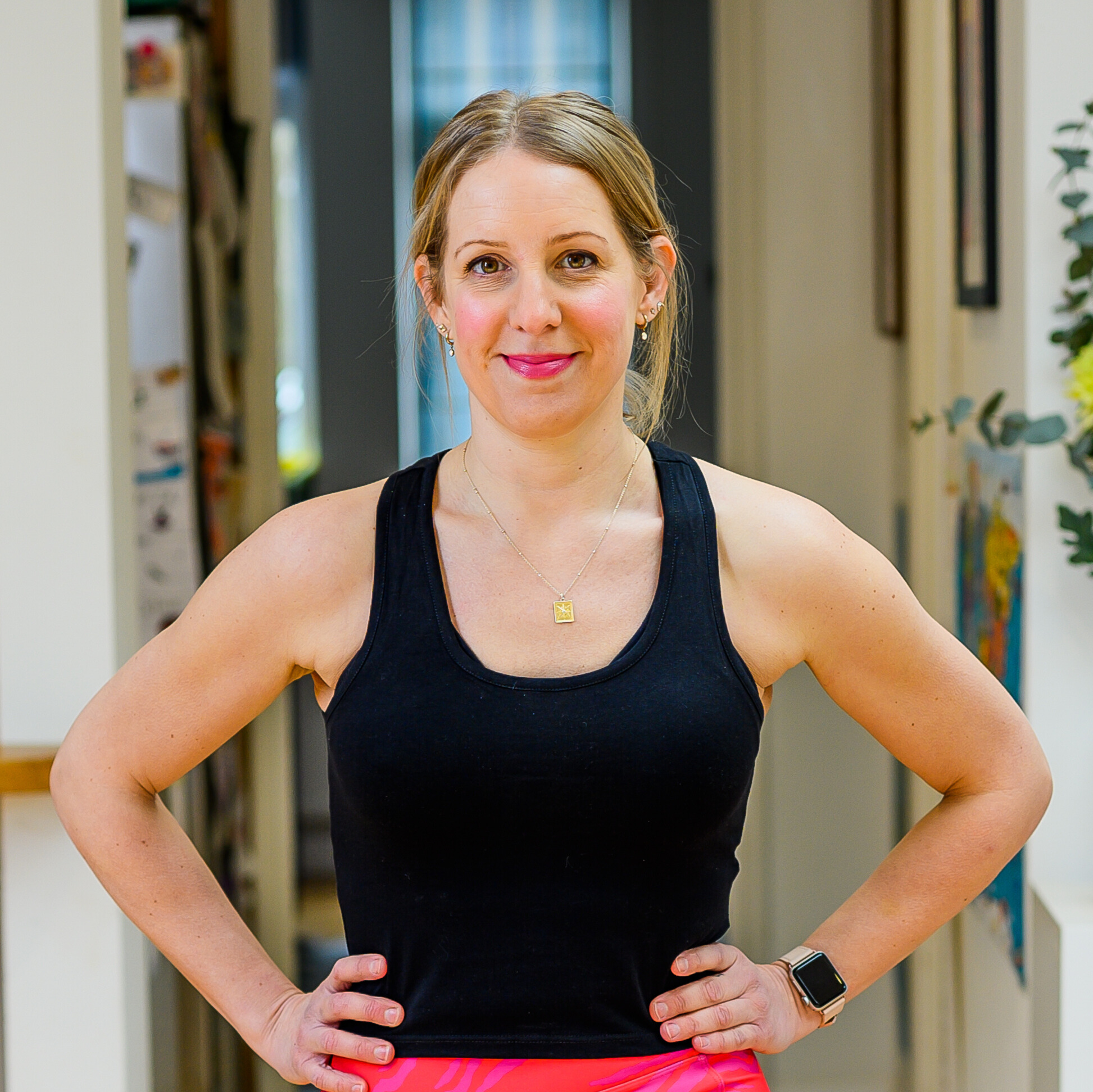Level up your glute bridges and reduce back pain by making this simple tweak
Add a ball squeeze to your glute bridge


When back pain strikes it can be debilitating and most of us will try anything to make it feel better. After a recent bout of horrible lower-back pain (thanks to some overzealous weeding) I found using a massage gun provided some relief—but I know that to stop this happening again I need to strengthen my back and core.
But I was surprised to see a PT on Instagram demonstrate how a glute bridge variation could “save” your back.
In the Reel, Alisa from the account Movement By Alisa, can be seen performing a glute bridge with a yoga block between her knees.
A post shared by MOBILITY & STRETCHING COACH - Alisa (@movementbyalisa)
A photo posted by on
Like anyone with a bad back, I was hopeful this move could make a big difference, but I decided to double check with an expert first, and spoke to Baltazar Villanueva, NASM-certified personal trainer with experience in corrective exercise and core stabilization work.
Good news—Villanueva agrees this move can play a part in building the strength needed to support your back.
“Squeezing a ball between the knees activates the adductors (inner thighs), which are often underused,” says Villanueva.
“The adductors and pelvic floor work closely with the deep core muscles so by engaging them, you get more stability through the pelvis and lower back.
Start your week with achievable workout ideas, health tips and wellbeing advice in your inbox.
“This added stability can reduce compensations in the low back during the movement and help retrain the body to fire the glutes more effectively—both key for reducing strain and pain in the lumbar spine.”
So how should you add this movement to your week?
“I typically recommend two or three sets of 10–15 repetitions,” says Villanueva. “focusing on slow, controlled movement and a strong glute squeeze at the top. Quality over quantity is key here.
“Exhale as you lift into the bridge to engage the core and avoid overarching the back. This is a small move with big impact—but it works best when paired with lifestyle habits like regular movement, hydration and minimizing long periods of sitting.”
“For most people, two to three times per week is a great starting point for exercise, especially if they’re dealing with low back discomfort.
You may also want to spend some time working on your core strength. “Think of the core as a brace for your spine,” says Villanueva. “When your core is strong—and that includes deep stabilizing muscles like the transverse abdominis—it reduces the load and movement demands on the spine itself.
“This support helps prevent poor posture and protects against the kind of repetitive stress that often leads to chronic back pain.”
A good place to start is with these three bodyweight core exercises recommended by a physical therapist.
Maddy Biddulph is a journalist specializing in fitness, health and wellbeing content, with 26 years in consumer media working as a writer and editor for some of the bestselling newspapers, magazines and websites in the US and UK, including Marie Claire, The Sunday Times and Women’s Health UK.
She is a CIMPSA-certified PT and works one-on-one with clients, as well as running Circuits Club classes which mixes cardio and strength training and chair-based exercise classes for seniors.
